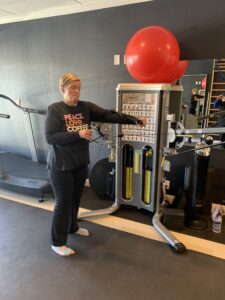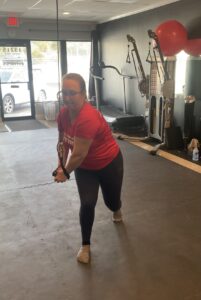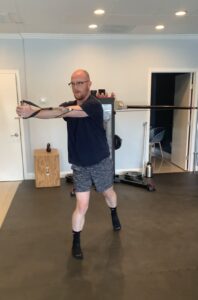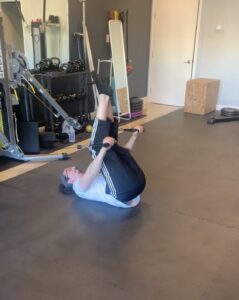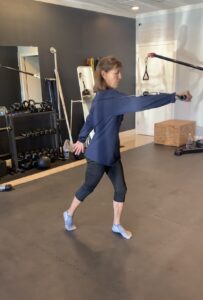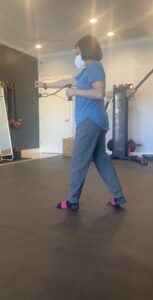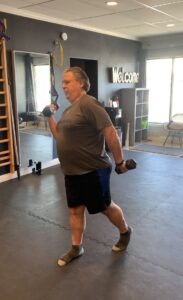Walking is one of the simplest and most accessible forms of exercise, yet it offers a multitude of health benefits that can have a profound impact on your overall well-being. Whether you’re taking a brisk stroll around the block or a leisurely walk through the park, integrating this low-impact activity into your daily routine can lead to significant improvements in both your physical and mental health.
•Physical Health Benefits
1. **Improved Cardiovascular Health**: Walking regularly helps strengthen your heart and improves circulation. This can lower your risk of heart disease, reduce blood pressure, and improve cholesterol levels.
2. **Weight Management**: Walking burns calories and can be an effective part of a weight loss or maintenance plan. It’s a great way to stay active without the intensity of other workouts.
3. **Enhanced Muscle and Bone Strength**: Walking engages multiple muscle groups and helps maintain bone density, reducing the risk of osteoporosis and other age-related conditions.
4. **Boosted Immune Function**: Regular walking has been shown to boost the immune system, helping your body fend off illnesses more effectively.
•Mental Health Benefits
1. **Stress Relief**: Walking, especially in nature, can reduce stress and anxiety levels. It promotes the release of endorphins, which are natural mood lifters.
2. **Improved Cognitive Function**: Regular walking has been linked to better memory, enhanced creativity, and improved cognitive function. It can also reduce the risk of cognitive decline as you age.
3. **Better Sleep**: Engaging in regular physical activity, such as walking, can help regulate your sleep patterns, leading to more restful and restorative sleep.
4. **Increased Energy Levels**: Contrary to what you might think, expending energy through walking can actually boost your energy levels, making you feel more vibrant throughout the day.
•Social and Environmental Benefits
1. **Social Connection**: Walking can be a social activity, providing an opportunity to connect with friends, family, or even meet new people. Group walks or walking clubs can enhance your social life and provide added motivation.
2. **Environmental Impact**: Choosing to walk instead of drive, even for short distances, reduces your carbon footprint and contributes to a healthier environment.
Incorporating walking into your daily routine is a simple yet powerful way to enhance your physical health, boost your mental well-being, and even contribute positively to your community and environment. Whether you’re just starting out or are already an avid walker, each step you take brings you closer to a healthier, happier life. So lace up your shoes and start walking—your body and mind will thank you!














